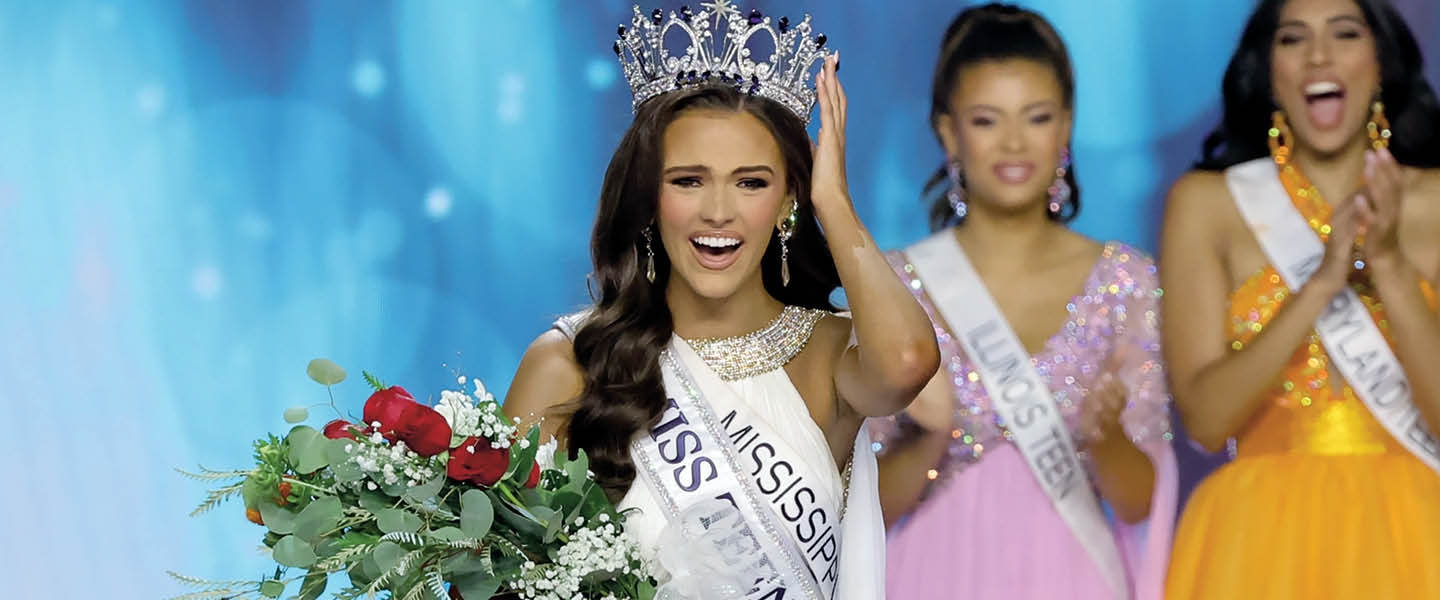Beauty pageants have thrived in America for more than 100 years because they’ve changed with the times.
It’s true, as critics point out, that major pageants like Miss America and Miss USA were started by men to promote business interests and capitalize on women’s bodies. But that’s no longer the case. Today pageants are giving contestants a voice—an opportunity to present who they are, their personal struggles and their talents, to the public. A title gets a young woman invited to speak at conferences, where she meets with community leaders and advocates for issues that are meaningful to her.
It used to be that pageants were wildly popular among young women because there were few other avenues for pursuing professional opportunities and achieving social mobility. In the 1940s, the Miss America pageant began creating scholarships for winners, transforming itself into a pathway for women to pursue higher education. Of course, racism, ableism*, and other kinds of discrimination barred many women from access to that money. But over the next 50 years, pageants became ever more inclusive, and now they are open to all kinds of women.

